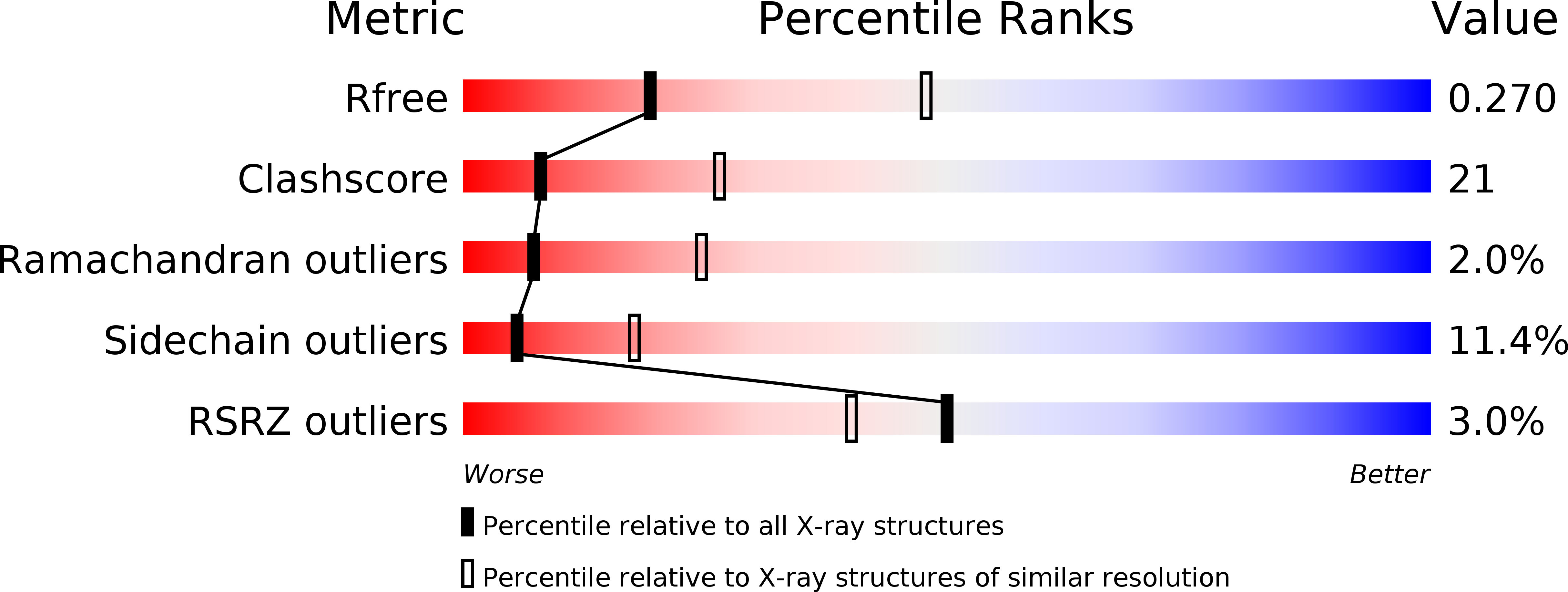
Deposition Date
2012-02-09
Release Date
2012-07-18
Last Version Date
2024-11-20
Method Details:
Experimental Method:
Resolution:
2.80 Å
R-Value Free:
0.27
R-Value Work:
0.23
R-Value Observed:
0.23
Space Group:
P 21 21 21


